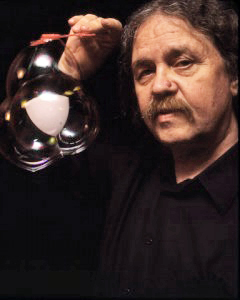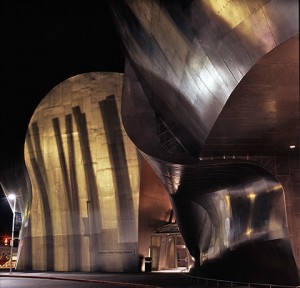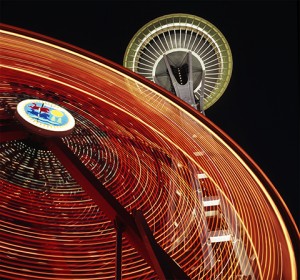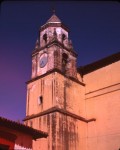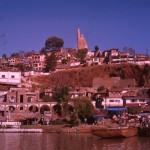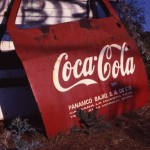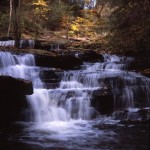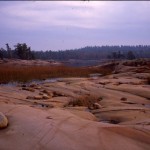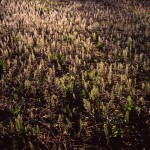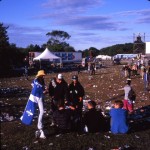My apologies to those without a viewer for the 80×140 mounts. I tried to find a couple of 80×132 mounted images to include, but was unable to find any I liked well enough. I guess that means I need to get out more!

Glacier With New Ground
- Film Provia 100
- Description Juneau, June 2007
- Tripod mounted TL120-1
As with First Growth (loop 18) and Fast Water, Thin Moss (loop 19), this image includes fresh ground recently revealed by the retreating Mendenhall Glacier. This, however, is land which was under the ice only ten years ago. The cracks catch blowing dust and soon there’s lichen. The moss comes in next and before you know it, there are little bits of grass and fireweed growing. The willows and alders aren’t far behind. In another ten years, it will be hard to walk through the bushes and tress that will be covering this ground.
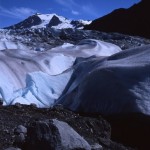
Surface of the Glacier
- Provia 100
- Juneau, June 2007
- Tripod mounted TL120-1
About 1/3 of a mile ahead of the previous location we’ve reached the edge of the ice. The debris littering the center of the glacier is comprised of sand and boulders brought down from the surrounding mountains and carried by the ice. There is nothing here to provide scale so it is very hard to figure out what is a rock on a nearby piece of ice and what is a boulder a mile away. This is consistent with actually being there.
The ground here was probably under the ice just last year. There are no lichens and no moss. It will be interesting to return over the next few years and watch life take hold.
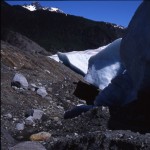
Melting Ice
- Provia 100
- Juneau, June 2007
- Tripod mounted TL120-1
The mountainside in the background used to look just like this. As the ice fell back from the slopes, piles of rubble were left behind and life encroached from the other direction.
While this interface between ice and rock is devoid of all plants, I now notice a bit of trash down there at the bottom. I didn’t notice it at the time, but it is very evident in the image. When I was there, it felt like walking on the moon, but obviously, I wasn’t the first to visit.

Where Ice Meets the Land
- Provia 100
- Juneau, June 2007
- Tripod mounted TL120-1
Moving closer, the next view is under the ice.
It is a cold, damp space were rocks and ice are almost indistinguishable. The ice is dirty enough to pass for rock, and the rock is smooth enough to be taken for ice. Over it all is the steady rain of melt water from the ceiling.
The Mendenhall is in steady retreat. This coming year, my hike to the ice will be a little bit longer. The year after that, a longer still.
